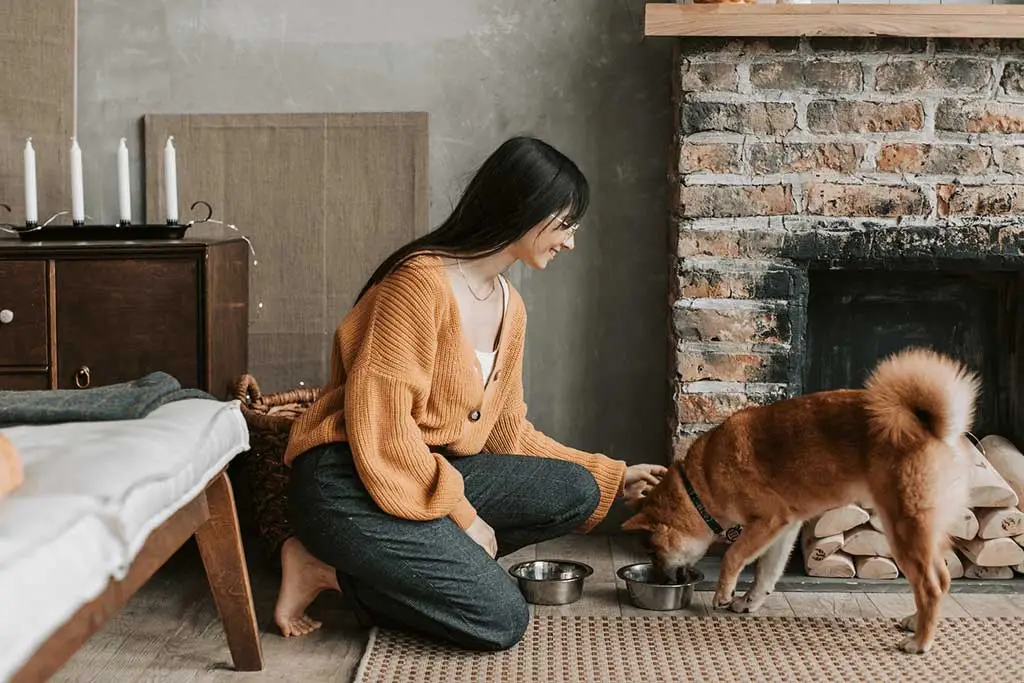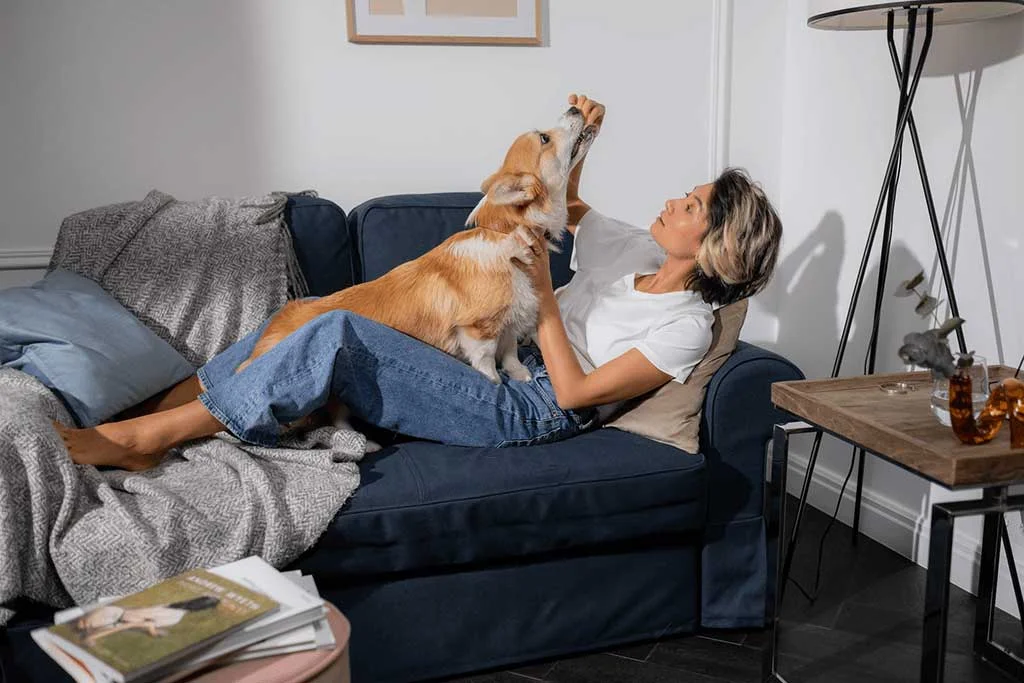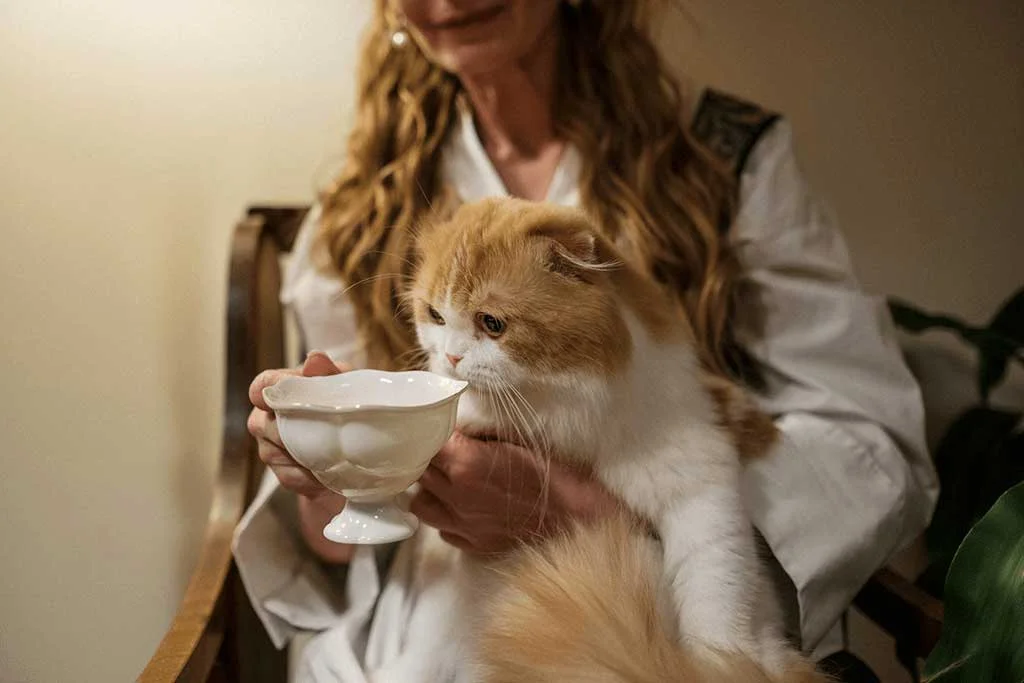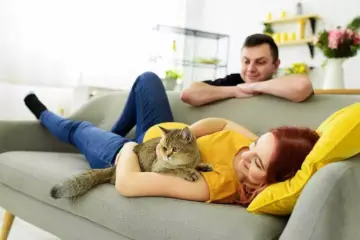As pet owners, need a fresh pet feeding guide. It’s essential to provide our furry friends with the right nutrition and portion sizes to ensure their well-being and happiness. In this post, we’ll delve into the intricacies of determining the ideal quantity of food for your pets based on factors such as age, weight, and dietary needs.
Get ready to embark on a journey that will empower you to make informed decisions about your pet’s nutrition, unlocking the key to their overall health and vitality. Let’s dive into our fresh pet feeding guide and discover the secrets to nourishing your furry companions in the best possible way.
Dog Feeding Schedule
In many situations, you should feed your dog twice a day. By doing this, you help their digestive system function smoothly and maintain their daily energy balance. If you feed your dog first thing in the morning, his digestive system may be overwhelmed and unable to properly process the food properly.
Feeding half the amount in two controlled portions will help your dog live a long and healthy life. Puppies are the exception to this rule. To gain weight healthily and support their digestive systems, puppies need three small meals a day. Feeding them at specific times will help you train successfully.
Some parents also leave their pet’s food out all day, which is called “free feeding.” It is recommended for highly active dogs who need to replenish their calories during the day and for nursing dogs who need a regular supply of calories. Don’t do this if your dog is diabetic or lies down most of the day.
Portion control is the most appropriate approach to feeding your dog, especially if they tend to eat whatever you put in front of them and gain weight quickly when free-fed. The best way to keep portions under control is to feed your dog twice a day, about 8 to 12 hours apart.
Cat Feeding Schedule
A kitten or a small cat around one year old should be fed twice a day and an adult cat once or twice a day. There are a few ways to feed a cat: cat or food feeding, free feeding, and mixed feeding.
Food feeding is giving your pet food at specific times of the day. It doesn’t matter if you feed him wet or dry food, as long as you stick to a set schedule. You can give your cat one piece of food before leaving for work and another after returning.
Also known as mixed feeding or combination, this feeding method employs both food and free feeding. Typically, with this type of feeding, you give your cat two servings of wet food a day while leaving one bowl of kibble for the rest of the day.
In free feeding, you leave food in the bowl for your cat to eat whenever it wants. Generally, free-feeding cats are fed dry food because this type of cat food does not go stale as quickly as wet cat food.
Conclusion
Congratulations on completing our fresh pet feeding guide, where we’ve explored the important aspects of feeding your beloved pets for optimal health and happiness. By understanding the unique needs of your furry companions and considering factors such as age, weight, and dietary requirements, you are now equipped to make informed decisions about their nutrition.
Remember, providing fresh and balanced meals, along with appropriate portion sizes, is key to their well-being. Make adjustments as needed, monitor their health and behavior, and consult with your veterinarian for personalized guidance.
With our fresh pet feeding guide at your disposal, you can nourish your pets with love and care, ensuring a long and vibrant life together. Happy feeding!
FAQ
What Type of Food is Best for Puppies?
Whether to feed your puppy wet or dry food is a common question that sparks heated debate among dog experts as to which is best. But first, you need to give your puppy wet food. And make sure protein, fat, and fiber are in their diet.
Can I Feed My Puppy Human Food?
Puppies are unlikely to benefit from human food, which may contain ingredients that are harmful to puppies, such as garlic, chocolate, or gluten. So it is better to avoid human food.
How Much Should You Feed Your Senior Cat?
Senior and older cats need more calories per pound of body weight. If your senior seems to be losing muscle mass, consider increasing his caloric intake by 30–40 calories per pound. Most of these calories should come from animal-based protein, which helps prevent sarcopenia.

– the man behind this blog, who an unwavering for all pets, from dogs and cats to birds and fish. With a wealth of knowledge and experience, David shares insightful blogs about pets, along with food and equipment reviews. Join him on this pet-loving journey and enrich your pet ownership experience to the fullest.






